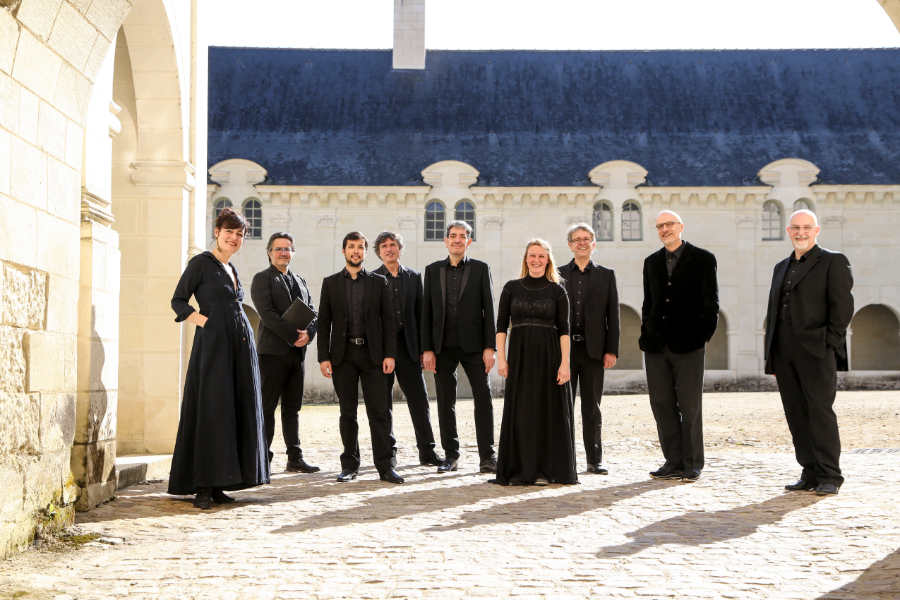The 13th century was the era of Saint Louis, the triumphant Gothic art that was so well represented by the beautiful smile of an angel from Reims Cathedral. At a time when France was full of churches and monasteries, the king strengthened his power at the expense of great feudal lords, and the Church tried to take over the secular bourgeois society, secular music and polyphony were born.
Following the troubadours, the first poet musicians who dared to free themselves from Latin and create love songs in their vernacular language, langue d'oc, trouveres "invented" and composed songs with texts in their native langue d'oïl – a young and energetic language, taking shape in the northern part of France. They left behind a huge, incredibly rich and fresh repertoire, which consists mainly of songs in honour of the Lady. In the same way, the creative spirit and audacity of the singers of the Notre Dame Cathedral, who were the first to create music for three or four parts, reached their contemporaries – admirers of craftsmanship and innovation, who were no different from us in this respect. Far from being clumsy and sketchy, this music allows us to see great artists in them, able to arouse the emotions of listeners and transfer them in time

